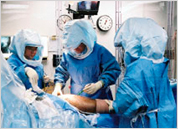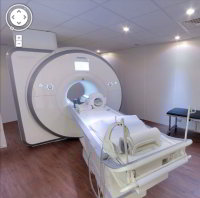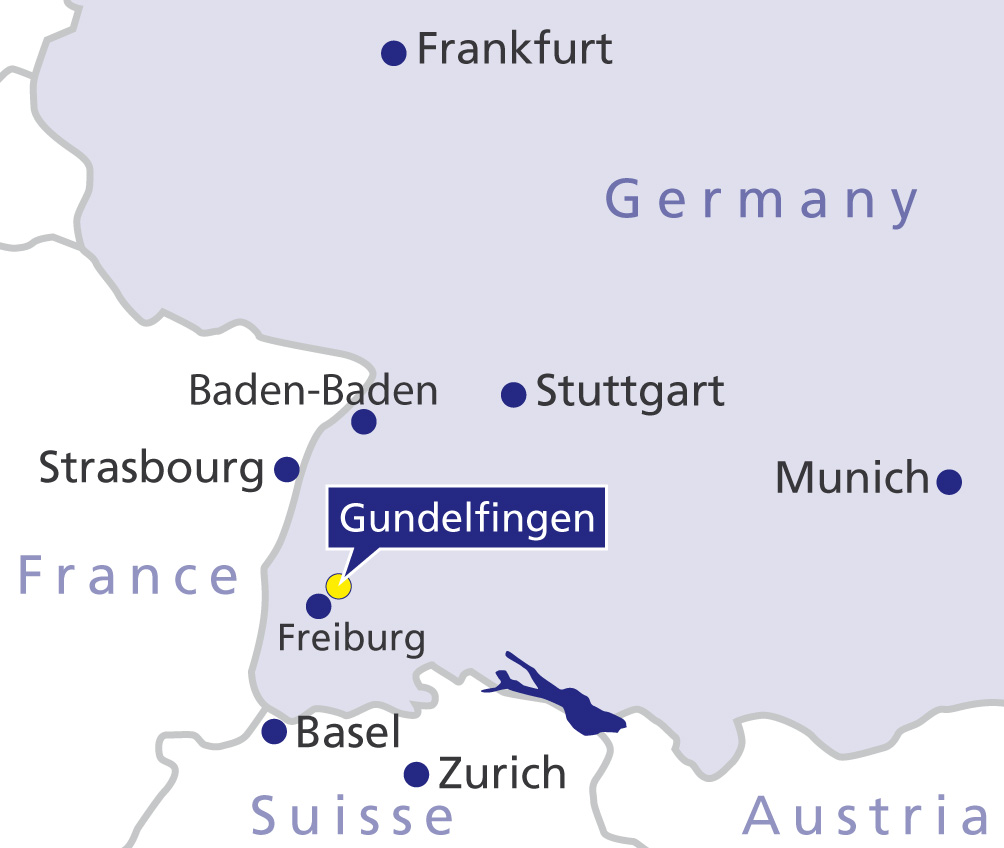Patella Disease and Patella Deformity
What is the function of the kneecap?
The kneecap or patella is a bone enveloped by the great extensor tendon of the thigh muscles. Its posterior surface slides up and down within a groove on the end of the thigh bone. Due to its congruent triangular-shape, the kneecap normally fits perfectly into the groove (trochlea). The muscle contraction is transferred directly to the lower leg and extends and straightens the knee.
What is kneecap dislocation?
There are two different types of patella dislocation: one is induced by the bodily frame (habitus), the second occurs as an injury, due to trauma or accident and can become a chronic and recurrent problem. In most cases, the kneecap slips sideways and around to the outside of the knee (patellar maltracking).
Dislocated kneecaps occur slightly more frequently in women than men. The first incident, often leading to the recurrent or habitual dislocation of the patella, usually occurs before the age of twenty. After the initial, very painful, dislocation, the patella usually repositions itself spontaneously (jumps back into its groove). However as part of the dislocation process, the ligaments securing the patella to the inside of the knee are often torn and in 24% of cases, cartilage and bone are injured (shear-fractures or osteochondral lesions occur). The cartilage damage which develops in this context is often overlooked and results in a chondropathy, a disease of the cartilage which progresses gradually.
Are there risk factors leading to kneecap dislocation?
Risk Factors for Patella Dislocation
- Patellar dysplasia - incorrect position of the kneecap
- Knock-knee (genu valgum)
- Abnormally high level of the kneecap
- Muscular imbalance of the thigh
- Malposition of the Patella after trauma
- Abnormality of the sliding groove of the kneecap
- Decentering of the patella
Several factors may contribute to kneecap dislocation; kneecap dysplasia (the shape of the kneecap and the groove it sits in do not match); the lower surface of the kneecap is too flat; knock-knees (Valgus Malalignment); an increased pathologic Q angle (the insertion of the patella tendon is displaced to the outside); general weakness of the connective tissue; an imbalance of the thigh muscles; abnormally high patella in relation to the femur (patella alta) due to a congenital predisposition or trauma.
Trochlear dysplasia (developmental abnormality of the femoral trochlear groove of the kneecap) and misalignment of the kneecap on the opposite side can cause patella subluxation (the kneecap is pulled to the side while the knee joint is bending) and often leads to further episodes of dislocation.



